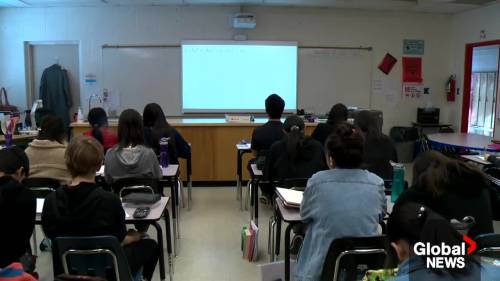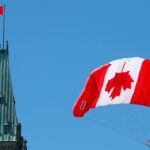As I watched parents file into the Saskatoon community center last Wednesday evening, clipboards in hand and determination in their eyes, the scene spoke volumes about what’s happening in Saskatchewan’s education landscape. For the third public consultation this month, attendance had doubled from previous sessions.
“We’re not just talking about numbers on a spreadsheet,” explained Miranda Kellington, a mother of three from Regina who drove nearly three hours to attend. “These are our children’s futures.”
The growing parental engagement comes on the heels of a troubling provincial education report released last week, which has sparked heated debates across Saskatchewan communities about the direction of educational policy and resource allocation.
The report, commissioned by the Saskatchewan Teachers’ Federation and conducted by independent education analysts, revealed significant concerns about priority misalignment in Saskatchewan’s education system. According to the findings, while the provincial government has emphasized standardized testing and curriculum overhauls, critical infrastructure needs and classroom resource shortages continue to plague schools throughout the province.
“What we’re seeing is a disconnect between what’s happening at the Ministry level and what teachers and students are experiencing daily,” said Dr. Alison Marchuk, education policy specialist at the University of Saskatchewan. “When 78% of surveyed educators indicate they lack essential classroom resources while administrative mandates increase, we need to ask serious questions about priorities.”
The Saskatchewan Ministry of Education’s latest budget allocated $2.1 billion toward education, representing a 3.1% increase from last year. However, when accounting for inflation and enrollment growth, the Saskatchewan School Boards Association calculates this as effectively a per-student funding decrease of 0.7%.
Education Minister Jeremy Cockrill defended the government’s approach during question period last Thursday, stating that “this government remains committed to providing quality education for all Saskatchewan students through targeted investments in literacy, numeracy, and workforce readiness.”
But opposition critics and education advocates point to contradictions in these priorities. The report highlighted that while $14.2 million was directed toward standardized assessment programs, urgent infrastructure repairs at 47 schools across the province remain unfunded, including three schools with serious air quality concerns.
In Moose Jaw’s Westmount Elementary, parent council president Thomas Greyeyes showed me classrooms where buckets catch ceiling leaks. “They tell us there’s money for new testing systems, but not enough to fix our roof. How does that make sense?”
This apparent disconnect becomes more concerning when viewed alongside declining provincial test scores. Saskatchewan students ranked below the Canadian average in all three categories of the most recent Pan-Canadian Assessment Program results, despite the province’s increased focus on standardized assessments.
The Saskatchewan Teachers’ Federation has been vocal about these challenges. “Our members report spending an average of $843 of their own money annually on classroom supplies,” said STF President Samantha Becotte. “Meanwhile, administrative workloads have increased by approximately 26% over five years, taking valuable time away from direct student support.”
Rural communities face particularly acute challenges. In Meadow Lake, where classroom sizes have grown by 18% since 2018, resources haven’t kept pace. “We’re asking teachers to do more with less while telling parents we’re improving education,” explained school board trustee Carol Lundgren. “Eventually, that math doesn’t add up.”
Indigenous education advocates have also raised concerns about how current priorities affect Truth and Reconciliation commitments. The Federation of Sovereign Indigenous Nations education secretariat noted that while the provincial curriculum now includes more Indigenous content, supports for proper implementation have been inconsistent.
“Curriculum is only as good as the resources supporting it,” said Elder Joseph Naytowhow, who works with schools on Indigenous knowledge integration. “Adding content without providing teachers adequate training and classroom supports doesn’t create meaningful change.”
The growing tension was evident at last week’s legislative assembly session, where opposition education critic Matt Love pressed the government on the report’s findings. “When will this government acknowledge that their priorities are out of step with what Saskatchewan students and educators actually need?” Love asked, pointing to the report’s recommendation to rebalance investments toward classroom-level supports.
For parents like Kellington, these political exchanges feel distant from the reality she sees in her children’s schools. “I don’t care about which party is responsible,” she told me as the consultation session wrapped up. “I care that my son’s class has 32 students and one teacher with no educational assistant, while I keep hearing about new assessment initiatives.”
As Saskatchewan prepares for possible elections next year, education policy appears increasingly likely to become a central campaign issue. Public engagement on the topic has surged, with the Ministry’s online feedback portal receiving over 3,600 submissions since the report’s release – nearly triple the response rate of previous education consultations.
Whether this growing public attention will shift provincial priorities remains to be seen. But as I watched parents like Kellington organize follow-up meetings in the community center parking lot, one thing seemed certain – Saskatchewan’s education policy debates are moving beyond government offices and into communities where their impacts are felt most directly.






